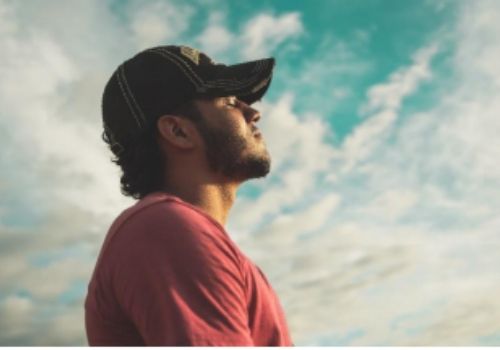So many of us had to face the initial anxiety that was brought on by the country shutting down during the COVID pandemic and the ongoing anxiety about how long the pandemic would last; wanting our way of life to get back to normal. It was a major transition to learn to live more isolated from one another, working from home, schooling from home and access to less activities and outlets that had been part of our daily routine for years.
As the country reopens, however, there are may individuals that are struggling with the concept of returning to school, work or activities that bring us in contact with others in general. There is concern that we can still get sick or that it feels like we are breaking rules by not wearing masks as often-something that has given us a sense of security and control in the past. For most individuals experiencing anxiety about the reopening, the predominant issue is “Transition Anxiety.”
Transition Anxiety
Transition anxiety, as the name gives implies, refers to difficulty adjusting or transitioning to a new circumstance, surrounding and/or an identifiable change in routine. The transition does not have to be to something “less pleasant” (i.e. less COVID restrictions), but that we will have to readjust to a new routine when we are familiar (not necessarily comfortable) in our current routine. We may balk at the idea of going back to work in-person or feel overwhelmed by having a commute again, but the fear is usually worse than the reality. The good news is, for most individuals, transition anxiety passes after 2-3 weeks and your new routine is accepted as your new norm.How to Get Through Transition Anxiety?
How to Get Through Transition Anxiety?
The best way to get through transition anxiety is just “doing the thing.” Giving ourselves an option (i.e. maybe I will look into a different job where I can work from home because I am anxious about returning) actually intensifies the anxiety. Instead, go back to work for a month and if after that time the anxiety continues, then the situation needs to be reevaluated. In other words,
“when we give ourselves the option of “bailing” when facing
transition anxiety, the anxiety increases”.
If we can tell ourselves, I can manage discomfort for two weeks, and I know my anxiety will likely decrease at that time, you will get through the transition anxiety more quickly.
What if My Anxiety Persists?
If you find that your anxiety persists for months, as opposed to weeks after a transition, then you may be dealing with an Adjustment Disorder. Adjustment Disorders occur after a significant transition where mood or anxiety remains high despite having time to acclimate to the new routine. In relation to COVID, introverts, who may have welcomed the more isolated life style, may have increased difficulty adjusting back to being around more people. Individuals who truly were unhappy in their jobs and felt some reprieve being able to work from home, may also have significant difficulty reacclimating to in-person. If there is overwhelming fear to leave your home in general, this is likely due to more than transition anxiety.
 If anxiety after a transition does not dissipate after 2-4 weeks, it may beneficial to seek out the support of a counselor. Counseling can help get to the “root” of the anxiety or fear that is preventing reacclimating. Additionally, you can learn specific coping skills to better manage day-to-day anxiety as you work on your transition. Having an objective and empathetic counselor can make a big difference in adjusting to a new normal more quickly and with less strife.
If anxiety after a transition does not dissipate after 2-4 weeks, it may beneficial to seek out the support of a counselor. Counseling can help get to the “root” of the anxiety or fear that is preventing reacclimating. Additionally, you can learn specific coping skills to better manage day-to-day anxiety as you work on your transition. Having an objective and empathetic counselor can make a big difference in adjusting to a new normal more quickly and with less strife.



